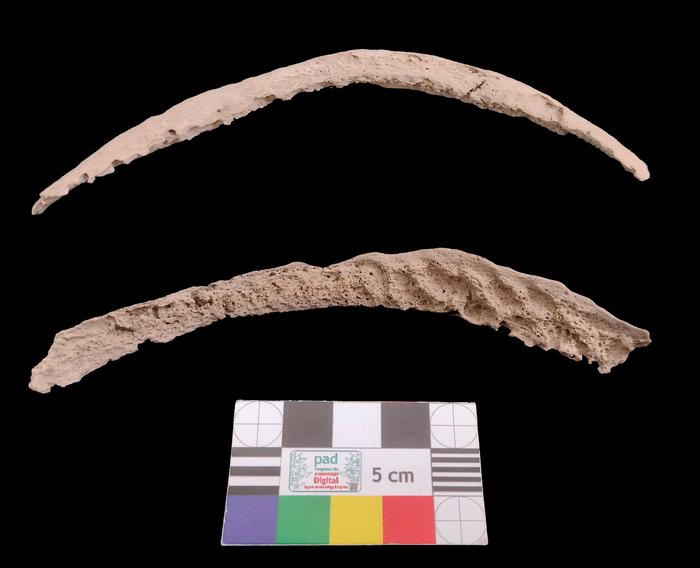New genetic evidence settles a centuries-old debate about the origins of syphilis, revealing that the disease family emerged in the Americas and spread globally through European colonialism.
In a landmark study, researchers have analyzed ancient DNA from skeletal remains across the Americas, providing definitive evidence that syphilis and its bacterial relatives existed in the New World long before European contact. The findings help explain the devastating epidemic that swept through Europe following Columbus’s return from his voyages.
Published in Nature | Estimated reading time: 4 minutes
Using cutting-edge techniques, scientists at the Max Planck Institute for Evolutionary Anthropology recovered and analyzed five ancient genomes of the syphilis disease family from Mexico, Chile, Peru, and Argentina. “We’ve known for some time that syphilis-like infections occurred in the Americas for millennia, but from the lesions alone it’s impossible to fully characterize the disease,” says Casey Kirkpatrick, a postdoctoral researcher and paleopathologist who contributed to the study.
The research reveals that the Americas were a hub for ancient diversity within this disease group before Columbus’s arrival. “We see extinct sister lineages for all known forms of this disease family, which means syphilis, yaws, and bejel are the modern legacies of pathogens that once circulated in the Americas,” explains Rodrigo Barquera, a postdoctoral researcher.
The historical record provides compelling context for these findings. In spring 1495, an intense outbreak of what appeared to be a new disease swept through Europe, following the return of Columbus and his crew from their early expeditions. This epidemic, now understood to be the first documented outbreak of syphilis, spread rapidly and left survivors with lasting physical and mental impairments.
“The data clearly support a root in the Americas for syphilis and its known relatives, and their introduction to Europe starting in the late 15th century is most consistent with the data,” says Kirsten Bos, group leader for molecular paleopathology at the Max Planck Institute. While indigenous American groups harbored early forms of these diseases, European colonialism and human trafficking networks facilitated their global spread in the centuries that followed.
This finding challenges earlier theories based on Medieval European skeletons showing syphilis-like bone lesions that predated 1492. Johannes Krause, director of the Department of Archaeogenetics, suggests these earlier cases may represent different, related diseases that affected humans or animals before the emergence of the syphilis family.
The study also illuminates the broader impact of European colonialism on global health. While many diseases traveled westward from Europe to the Americas during the colonial period with devastating consequences for indigenous populations, syphilis represents one of the few that made the reverse journey, ultimately becoming a worldwide concern through the vectors of colonialism and human trafficking.
Glossary
- Paleogenomics
- The study of ancient DNA extracted from archaeological remains to understand historical genetics
- Treponemal Infections
- A family of diseases caused by closely related bacteria, including syphilis, yaws, and bejel
- Molecular Paleopathology
- The study of ancient diseases using molecular techniques to analyze archaeological remains
Test Your Knowledge
When was the first documented European outbreak of syphilis?
The first documented outbreak occurred in spring 1495, following Columbus’s return from the Americas.
What types of evidence did researchers use to study the origins of syphilis?
Researchers analyzed ancient DNA extracted from archaeological bones found in Mexico, Chile, Peru, and Argentina.
How does this research explain the rapid spread of syphilis globally after 1500?
The disease spread globally through European colonial expansion and human trafficking networks across the Americas and Africa.
What explains the presence of syphilis-like bone lesions in pre-1492 European remains?
These may represent different, related diseases that affected humans or animals before the emergence of the current syphilis family of diseases.
Enjoy this story? Subscribe to our newsletter at scienceblog.substack.com.

























































